Michelin shows how to eat Vietnamese food like a local
VOV.VN - Michelin Guide has published an article unveiling the secrets of embracing the true essence of Vietnamese delicacies.
Phở (beef or chicken noodle soup)

According to the article, Phở is undoubtedly the most renowned Vietnamese dish worldwide, with a simple bowl of the noodle soup offering a delightful medley of flavours.
Michelin Guide shared that in northern Vietnamese regions, a customary practice is to enhance beef phở with a splash of vinegar, while lemon is a popular flavour for those eating chicken phở.
In contrast, the website noted that in southern provinces phở broth is often infused with a touch of sugar, rendering it slightly sweeter. Additionally, the southern variant incorporates a variety of toppings, including beef balls, tripes, tendon, and even oxtail.
“Southerners further enrich their phở bowls by adding fresh vegetables and herbs such as basil and coriander for added aroma,” Michelin Guide revealed.
Bánh cuốn (steamed rice rolls)
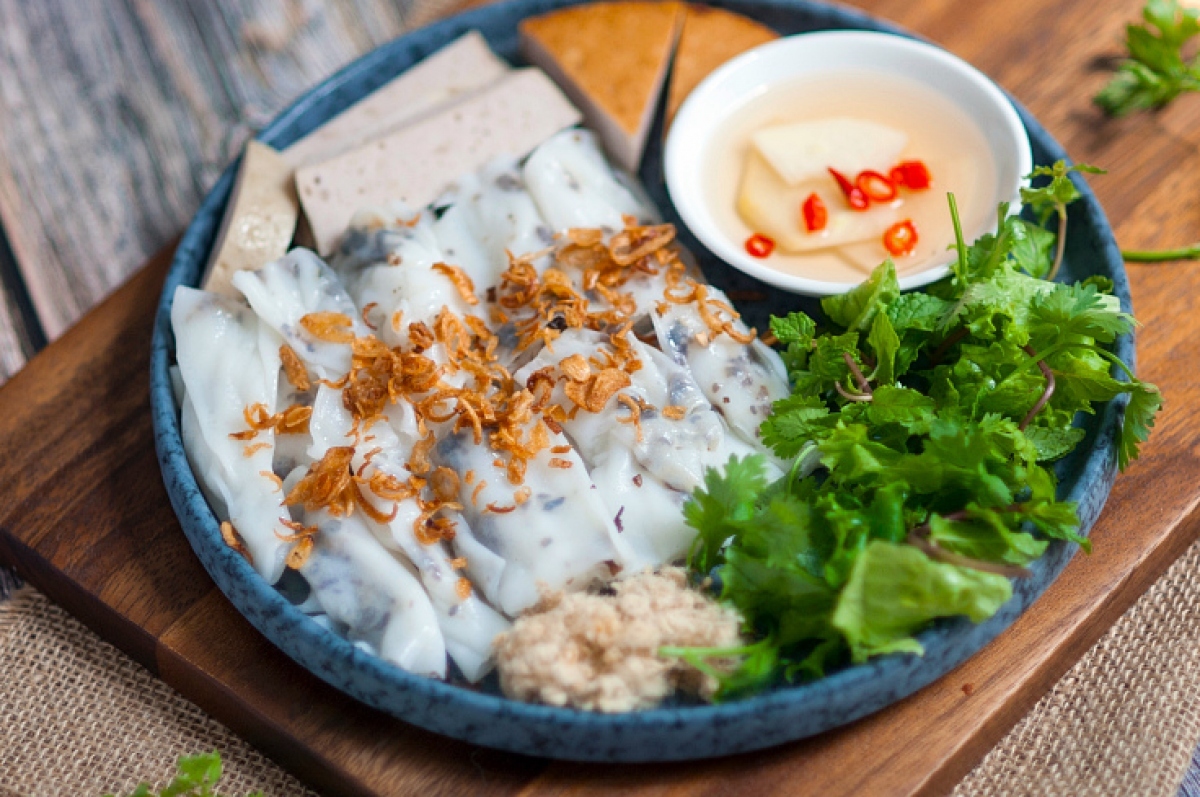
Bánh cuốn is made from rice flour, thinly coated on a cloth and then steamed in a large pot of water for a few minutes. When the wrap is finally cooked, it will be rolled with fillings, such as pork, shrimp, wood-ear mushrooms, shiitake mushrooms, and chopped green onions.
“This steamed rice wrap often accompanied by a medley of trimmings: a few slices of Vietnamese pork bologna, roasted cinnamon pork, fermented cucumber and bean sprouts, and, of course, a ramekin of mild fish sauce,” says Michelin.
Bún chả Hà Nội (grilled pork with rice vermicelli)
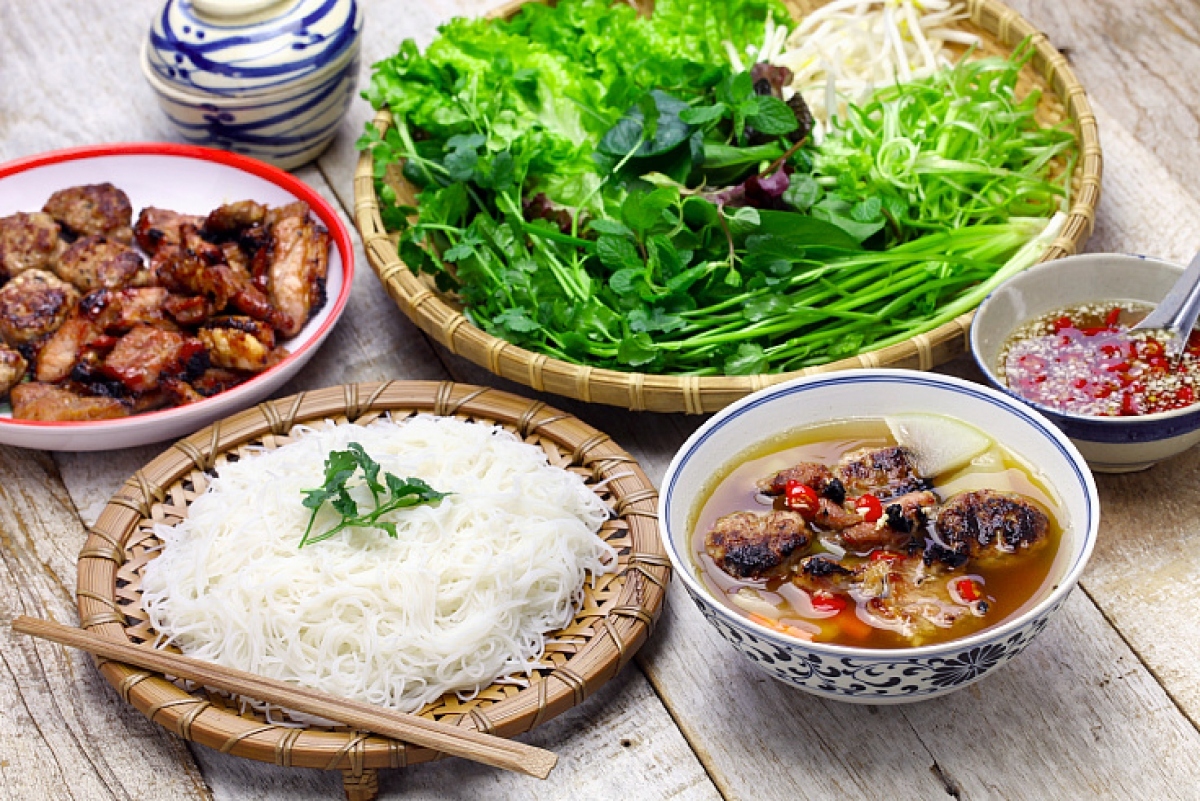
Originating in Hanoi, Bún chả is a delicacy made up of three key components, including a bowl of grilled sliced pork belly with succulent minced pork patties, a plate of delicate rice vermicelli, and a basket of fresh herbs.
In order for foodies to fully appreciate this culinary masterpiece, according to Michelin Guide, visitors should begin by delicately grasping some vermicelli with chopsticks and then submerging them into the enticing bowl of pork. Add some raw vegetables and then enjoy the stunning medley of savoury, sour, spicy, and sweet.
Bánh mì
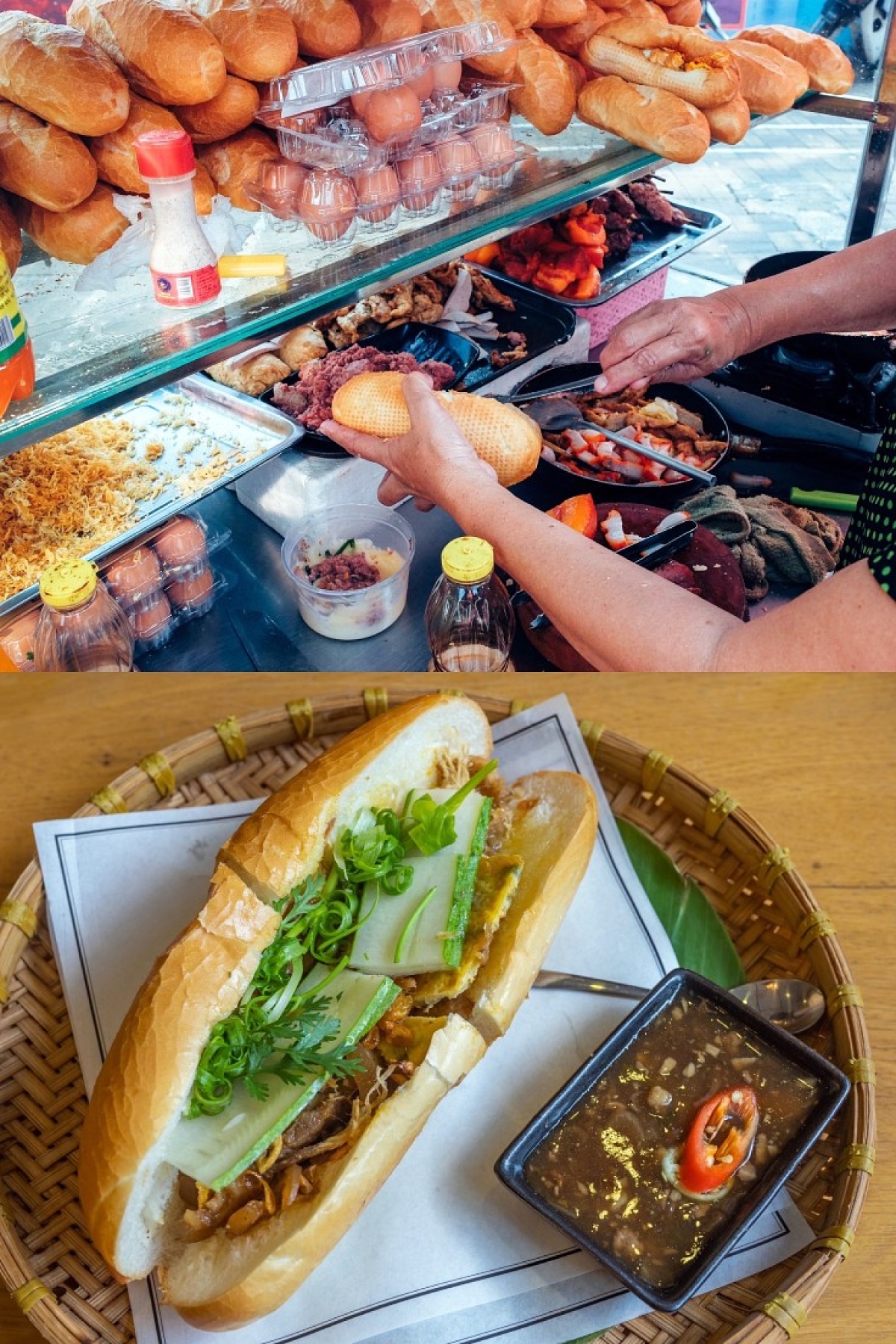
The humble Bánh mì is a staple of Vietnamese street food and can be found in every city and on any street nationwide. This hearty treat boasts a multitude of regional variations, with each showcasing its unique culinary characteristics.
“The key to crafting a perfect banh mi lies in the meticulous preparation: the bread must be toasted to a crisp, golden hue, and then delicately opened, spread with pâté, filled with an array of meats, and topped with a tantalising sauce,” the article revealed.
Bánh xèo (crispy Vietnamese crêpe)
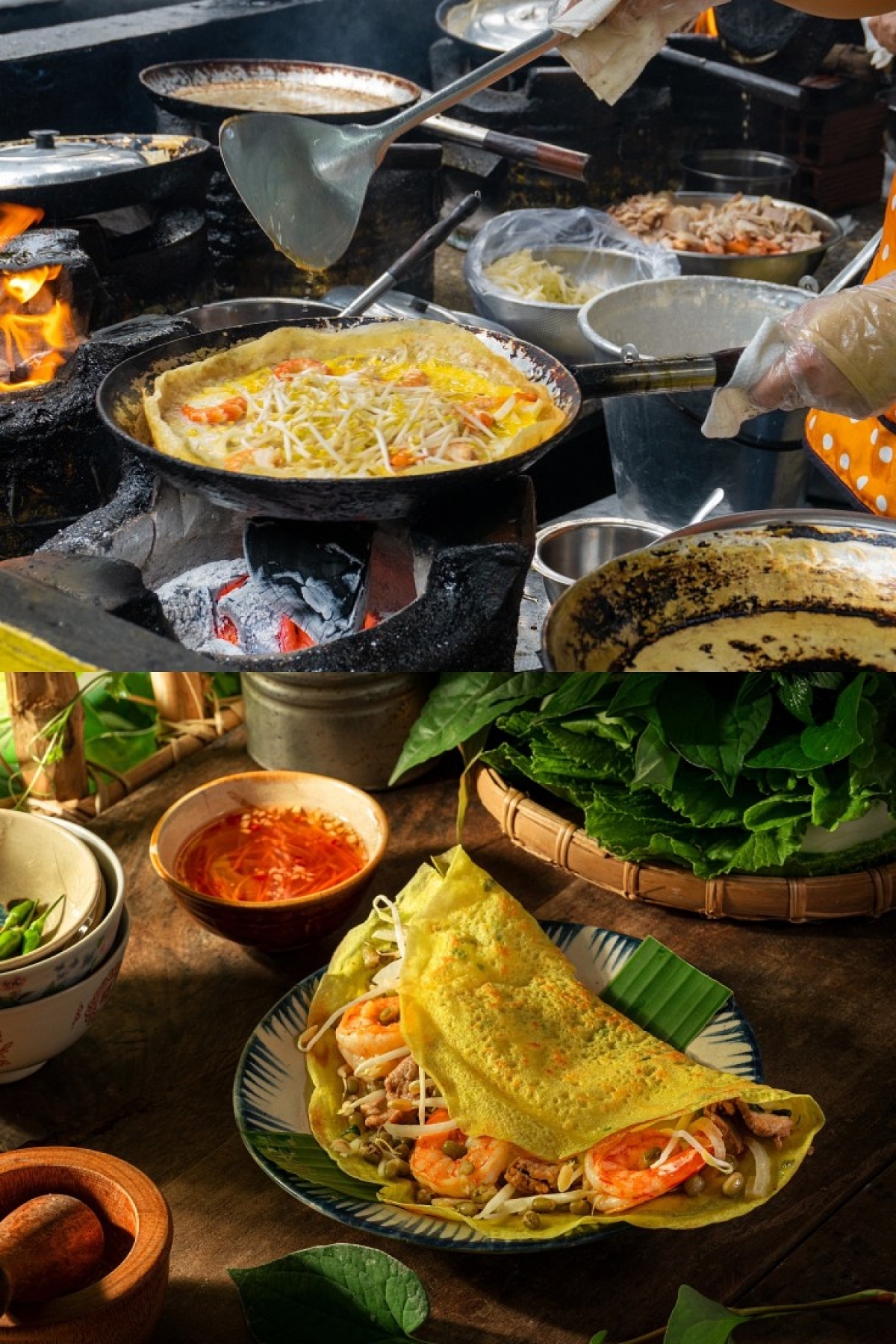
Bánh xèo, also known as Vietnamese crêpe, is a delectable fried pancake that is created from a mixture of rice flour, water, and turmeric powder.
According to Michelin Guide, there are two distinct types of banh xeo that hold particular regional prominence.
In the central region, Bánh xèo is often served in small bowls or plates alongside fresh vegetables and a dipping sauce, thereby allowing diners to customise their dishes with different combinations.
Meanwhile, in the south Bánh xèo is cut into smaller pieces and then wrapped in lettuce along with various herbs and sometimes enveloped in rice paper. The final step involves dipping the rolls into a delightful sweet and sour fish sauce.
Bánh canh cua (Crab tapioca noodle)
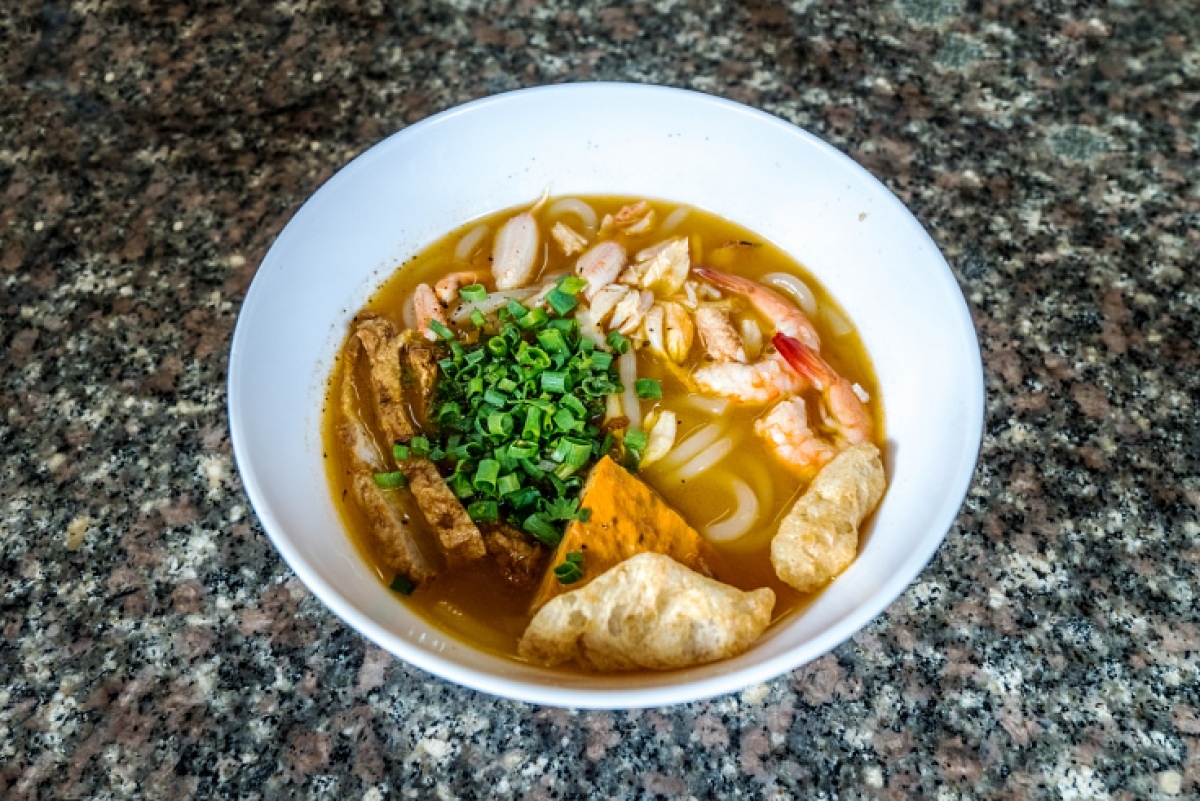
Bánh canh cua are luscious Vietnamese noodles that are est known for their thickness, crafted from tapioca flour or a combination of rice and tapioca flour.
Michelin Guide noted that to the people of southern localities, bánh canh cua holds a special place as an all-time favourite comfort food, especially during rainy or chilly days. The chewy texture of the noodles, along with the sweet and velvety essence of the broth and the captivating aroma of the crab meat, all serve to intertwine harmoniously, thereby creating an irresistible and enticing culinary experience.
Ốc (snails)

According to Michelin Guide, boiling snails with lemongrass is the easiest way to prepare this popular delicacy.
“A toothpick is used to poke the snails out to dunk in a spicy dipping sauce. This sauce holds the key to the mesmerising taste, combining fish sauce with minced ginger, lemongrass, garlic, and chilli, creating a wonderful blend of flavours that elevates the snail-eating experience,” it described.
It also noted that adventurous eaters may seek unique dishes such as snails fried with salted egg sauce, roasted with salt, grilled with onions, stir-fried with lemongrass and chilli, grilled with green pepper, or stir-fried with coconut.

